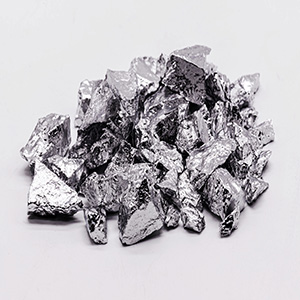Do Magnets Stick To Aluminum?
 |
|
Listen to this Article
It is metal, right?
Why does it stick?
At the heart of magnetic attraction lies the alignment of electrons within certain materials, particularly metals. Metals like iron and steel, known as ferromagnetic materials, have electron configurations that readily respond to magnetic forces, allowing magnets to stick to them effortlessly. This is because an unequal distribution of electrons in these materials results in "mini magnets" called domains being formed within the atomic structure. When a magnet gets close to the material, these domains align with the magnet's field, causing the material itself to turn into a weak magnet momentarily. This is why a nail can pick up paper clips shortly after being near a strong magnet.
Do magnets like aluminum?
Contrary to ferromagnetic metals, aluminum belongs to the category of non-magnetic materials. The absence of magnetic attraction in aluminum can be traced back to its electron structure. Although aluminum does contain electrons, the more equal arrangement of these electrons doesn't allow for a substantial magnetic field. As a result, magnets are not attracted to aluminum.
What about Eddy Currents?
While aluminum itself is non-magnetic, it is an amazing conductor of electricity. Because of this, an interesting phenomenon comes into play when a strong magnet field is moved past it. As a strong magnetic field moves past the material, the movement of the electrons in the material generates a magnetic field. This magnetic field generated by the material is opposite to the magnetic field of the magnet passing by. Because of this, a resistance between the magnet and the material is formed. This remarkable reaction is called an Eddy current. Eddy currents are extremely useful because of their resistance properties and are often used for frictionless brakes that can be found on almost any rollercoaster.
Conclusion
The mystery of why a magnet won't stick to certain metals unravels through the intricate interplay of electrons and magnetic forces. The atomic world is truly one that keeps surprising scientists with amazing new applications all the time. While aluminum does not stick to magnets, the presence of eddy currents adds an extra layer of complexity, showcasing the versatility of aluminum in applications where its non-magnetic nature is an advantage.

